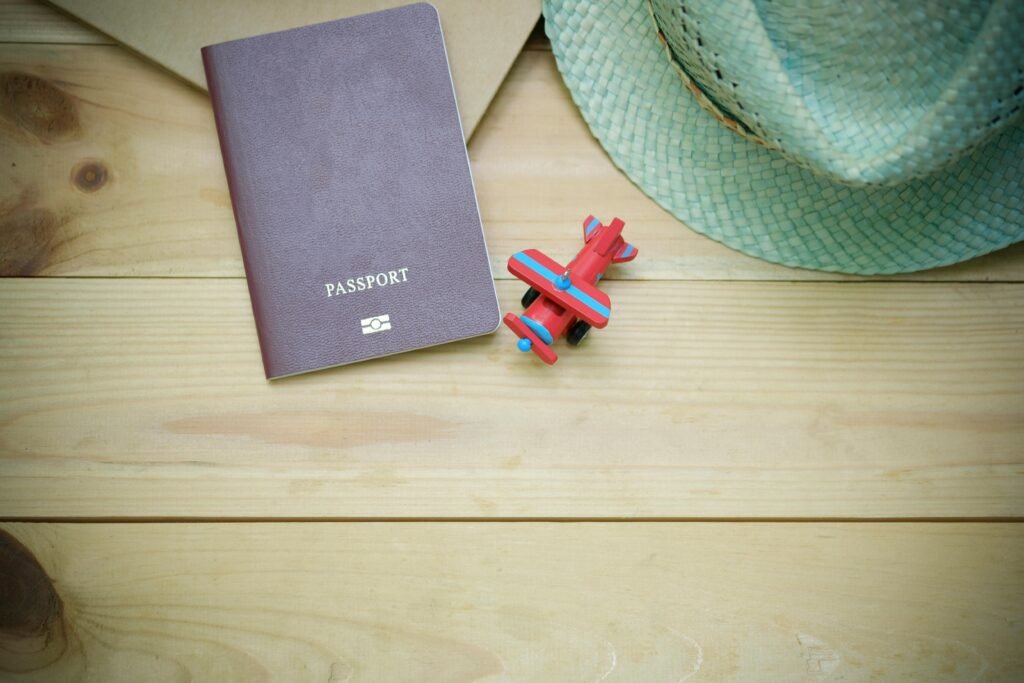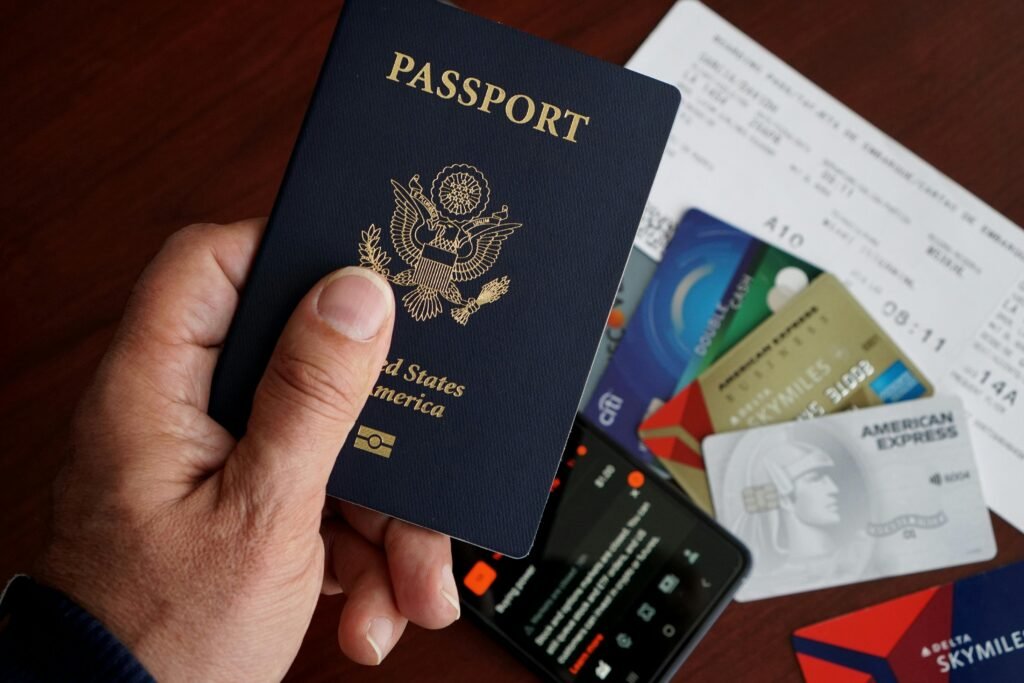Before you pack your bags, you’ll need one essential key: the Schengen Visa for Italy.
For many travelers, the process seems like a maze of confusing rules, conflicting advice, and paperwork nightmares.
But here’s the truth: getting a Schengen visa for Italy is easier than you think — if you follow the right steps.
In this definitive 2025 guide, you’ll unlock proven tips, avoid costly mistakes, and fast-track your way to Italian adventures with confidence.
What Is a Schengen Visa?
Let me break this down in simple terms because this confused the heck out of me initially.
The Schengen visa isn’t just an “Italy visa” – it’s actually a travel document that allows you to visit 27 European countries within the Schengen Area. Think of it as a golden ticket to Europe! Italy just happens to be one of these countries, along with popular destinations like France, Spain, Germany, and Greece.
The Schengen Area allows travelers to move freely between member countries without border checks.
Key facts about Schengen visas:
- Valid for up to 90 days within a 180-day period
- Allows multiple entries (in most cases)
- Covers 27 European countries
- Must apply to the country where you’ll spend the most time
One important thing I learned the hard way: you need to apply for your Schengen visa at the consulate of the country where you’ll spend the majority of your trip. So if you’re planning to spend 10 days in Italy and 5 days in France, you’d apply through the Italian consulate.
Who Needs a Schengen Visa for Italy?
This is where things get interesting, and honestly, it depends entirely on your passport.
Citizens from about 60 countries can visit Italy visa-free for short stays (up to 90 days). This includes the US, Canada, Australia, UK, Japan, and most South American countries. Lucky them!
Travelers from places like India, China, Russia, Turkey, and most of Africa and Asia must apply for a Schengen visa before entering. I’ve helped friends from different countries with this process, and the requirements can vary slightly based on your nationality.
Types of Schengen Visas for Italy
When I first started researching this, I was confused by all the different visa types. Let me simplify this for you.
Tourist Visa (Type C) – This is what 95% of travelers need. It’s intended for tourism, family visits, or brief business travel. Valid for up to 90 days in a 180-day period.
Business Visa (Type C) – Same duration as tourist visa but specifically for business activities like meetings, conferences, or trade fairs. The application process is similar, but you’ll need different supporting documents.
Transit Visa (Type A) – Only needed if you’re passing through the international transit area of an airport in a Schengen country. Most people don’t need this.
Multiple Entry vs. Single Entry – Here’s something that caught me off guard initially. Most Schengen visas issued today are multiple entry, meaning you can leave and re-enter the Schengen area multiple times during the validity period. Single entry visas are becoming rare.
I always recommend applying for a multiple entry visa even if you only plan one trip. It gives you flexibility, and the cost is usually the same. Plus, if you fall in love with Italy (which you probably will), you can return without going through the whole application process again.
Required Documents, Processing Time and Fees
Let’s talk about money and timing because these are always the burning questions.
Click here to know all required documents for a Schengen visa.
Visa Fees (as of 2025):
- Adults: €85 (approximately $85-90)
- Children (6-12 years): €40
- Children under 6: Free
- Service fees: €25-35 (varies by location)
Processing Time:
- Standard processing: 5-15 working days
- Peak season: Up to 30 working days
- Rush processing: Some locations offer expedited service for additional fees
Here’s something that surprised me: the visa fee is non-refundable, even if your application gets rejected. That’s why it’s super important to get everything right the first time.
Payment Methods: Most consulates accept cash, credit cards, or bank drafts. Check with your specific location because some only accept certain payment methods.
Common Mistakes to Avoid
Let me share some painful lessons I’ve learned (and seen others learn) over the years.
Booking flights before visa approval – I did this once and had to pay change fees when my visa was delayed. Always book refundable flights or just reservations until you get your visa.
Insufficient bank balance – There’s no official minimum, but I recommend having at least €50-100 per day of your trip in your account. They want to see if you can afford your trip without working illegally.
Inconsistent travel dates – Make sure the dates on your flight reservations, hotel bookings, and application form all match. I’ve seen applications rejected for simple date inconsistencies.
Wrong photo specifications – Seriously, this is such a common reason for delays. Follow the photo requirements exactly!
Incomplete travel insurance – Travel insurance must specifically cover the Schengen Area and meet minimum coverage standards—general policies may not qualify.
Last-minute applications – Don’t risk it! Peak season processing can take much longer than expected.
Not declaring previous visa rejections – If you’ve been rejected for any visa before, declare it honestly. They can check, and lying will result in automatic rejection.
Here’s one that caught me off guard: if you’re visiting friends or family, make sure their invitation letter includes their legal status in Italy (citizenship, residence permit, etc.). A simple “please come visit” letter isn’t enough.
Tips for Visa Approval
After helping dozens of people with their applications, here are my tried-and-true tips for getting approved:
Show strong ties to your home country. Employment letters, property ownership, family responsibilities – anything that proves you’ll return home. This is especially important if you’re young or single.
Be consistent with your story. Your application, supporting documents, and interview answers should all tell the same story about your trip.
Provide more documentation than required. If they ask for 3 months of bank statements, provide 6 months. It shows you’re well-prepared and financially stable.
Write a detailed cover letter. Explain your travel plans, why you chose Italy, your ties to home, and how you’ll fund the trip. Make it personal but professional. Click here to know how to write a cover letter for Schengen visa.
Book accommodations strategically. Mix of hotels and Airbnb looks more like a genuine tourist trip than staying in budget hostels for 3 weeks (unless you’re actually a backpacker).
Dress professionally for your appointment. First impressions matter, even for visa applications.
Learn basic Italian phrases. Not required, but it shows genuine interest in visiting Italy.
Be honest about everything. If you have a complicated employment situation or previous travel history, explain it clearly rather than trying to hide it.
One thing that really helped my friends’ applications: including a day-by-day itinerary with estimated costs. It shows you’ve actually planned the trip and aren’t just hoping to figure it out when you arrive.



